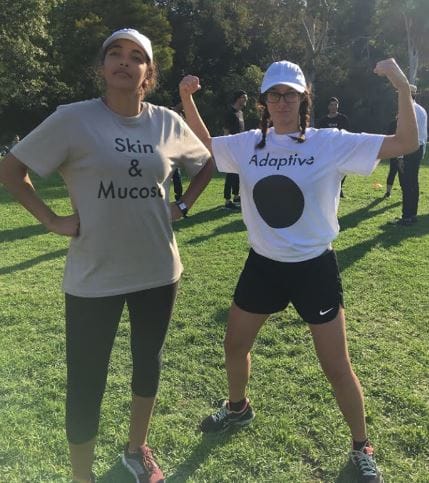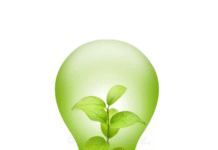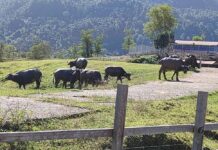The inventions and discoveries we see all around us did not fall from the sky. They came about as a result of scientist working around the globe including in Malaysia. In this special column, The Petri Dish takes a peek into the laboratories in Australia, where scientists tell us about their research, discoveries and just about anything that adds up to science
BY CATRIONA NGUYEN-ROBERTSON
IT’S an exciting time to be a scientist – with abundant discoveries, rapid developments in technology, and speedy dissemination of information. We no longer have to go to the dusty stacks of libraries to read scientific journals, but instead have it all a click away thanks to the Worldwide Web, with online journals, mainstream media sites, and social media.
Scientists regularly have to communicate their work, whether it be to colleagues and potential collaborators, funding bodies, or the media and public. Academics focus on a niche field of scientific research, and I’ve heard academics who are doing incredible research at conferences, however, not all of them can effectively communicate their research to people outside their field.
On the other side, a large problem with oversimplification of scientific information is that we can hear about a “new miracle cure” that in fact may be a long way off from clinical trial or “fearsome health risks” based solely on preliminary findings. It can be difficult at times to find the happy medium between simplifying science to be understood, but not to the point that it can be misunderstood and taken out of context.
Conveying science to peers requires very different language from communicating to the public. Uncertainty is often implicit in science with language such as “these results suggest…” or “supports the hypothesis that…”, and very rarely do you come across the word “prove”. Researchers are aware that experiments mostly provide only a snapshot of reality and results can be subject to interpretation. This can lead to misplaced hope or unnecessary alarm when research that shows promise in an animal model or that something could be potentially harmful is picked up by media, especially with media’s knack of creating controversy.

There are many downsides to misunderstandings that occur when scientific language isn’t translated into plain language as best it could, including mistrust of researchers and public health threats. With better communication of science, we can better inform the public about current research and how it affects their lives.
It’s vital to keep the science accurate. At Scientell, we take pride in distilling complex information while still ensuring we’re conveying the right messages. We often talk about “dumbing down” information, but sometimes simplifying information and making it engaging can mean that it doesn’t fully convey the truth.
When I’m presenting my own work, I’m the expert, but when I’m writing about other people’s research, I’m not. If unsure, I will always fact check with the expert, and it’s interesting to see how my limited understand can sometimes mean that I’ve altered something to be incorrect. I’ve found that humility plays a part, and I have to accept that
I’m not always going to be right about everything – that’s why collaboration is so important.

My first dabble in science communication was teaching as a tutor and mentor for students in primary school to undergraduate university through various institutions and organisations. I’m experienced at communicating science to different audiences and creating analogies. I volunteered to write for the Convergence Science Network and Royal Society of Victoria as a science communication officer and have now joined Scientell, a Melbourne-based science communication business.
Over the past year, I’ve written about subjects including Aboriginal astronomy, the neuroscience behind racism, and the survival of native plants. Working with Scientell in particular has introduced me to a whole new world, as many of their projects are focused on environmental sciences, which is completely different to my studies of biomedical science. That is the beauty of science communication: rather than committing to one, specific field, I’ve been exposed to a whole range of sciences, met many incredible people, and learned so much more than what I otherwise would have during my PhD.
I very much enjoy communicating science to a wider audience – my friends can be my subjected audience when I get overly excited. It’s important for the wider society to understand and be aware of scientific progress, and in recent years the public has shown an appetite for science, leading to a greater demand for scientific jargon to be turned into something more digestible and engaging. As a PhD candidate rooted in academia and someone who enjoys telling stories, science communication is a balance of creativity, writing, and sharing science.
NOTE: Catriona Nguyen-Robertson is a PhD candidate at the Peter Doherty Institute for Infection and Immunity. She’s an an associate writer at Scientell, a science, environment, technology communication business based in Australia.

















